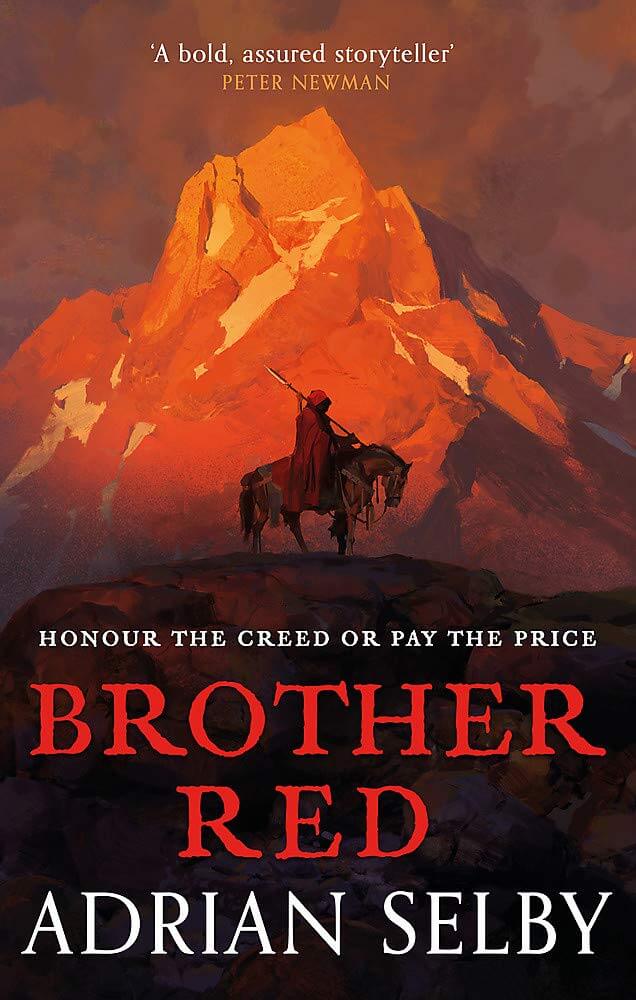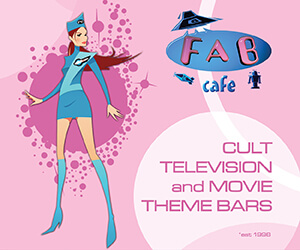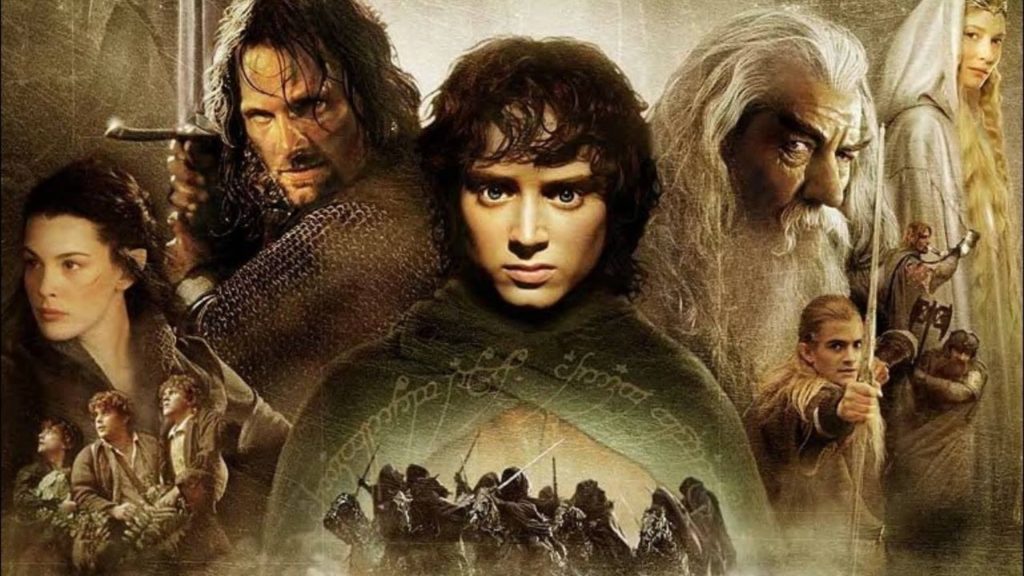Imagine a world in which Royal Mail’s delivery staff are armed mercenaries with drug enhanced fighting abilities. This will give you some idea as to the background of Adrian Selby’s Brother Red. First introduced in Selby’s Snakewood, the Post is a commercially powerful enterprise that sends its trade caravans far and wide. This naturally makes the caravans attractive targets for bandits that roam the vast wilderness. Hence the need for the mercenary guards. It’s worth mentioning that although Brother Red is set in the same world as the aforementioned Snakewood and the subsequent Winter Road, Brother Red can be read as a standalone novel.
Brother Red explodes into action during the opening pages as Driwna Marghoster discovers a dead body hidden inside a barrel after the caravan she’s protecting is attacked. Born of the ‘mystically’ powerful but elusive Oskoro people, Driwna is compelled to investigate who and what the body was meant for. What she discovers has the potential to destroy an empire and unleash an unimaginable evil into the world.
Selby has created a fantasy with all the traditional and familiar tropes; frenetic battles, memorable heroes, a deadly adversary, a quest that takes us to castles and mountains, but it is also a relentlessly dark, dangerous, and grim world. Life is hard, cheap, and often short for the unfortunate. The magic of Selby’s world is grounded in reality. It is plants and herbs that create the seemingly magical abilities of this world’s inhabitants. The mercenaries imbibe a ‘fightbrew’ that enhances strength, speed, and stamina before going into battle, and with it comes a price.
Selby is clearly an imaginative writer. His world-building is first rate, the main characters are fully developed with a clearly defined narrative and arc. All their motivations ring true, and the antagonists ambitions are far more complex and political than the standard world domination scenario. The action is expertly written and graphic, so much so that you can almost smell the bloodshed. It’s unfortunate then that this reviewer found it difficult to engage with Driwna, which is a problem as she is the main character driving the story. She has a fully developed backstory, she’s a skilled warrior, caring, and a genuine hero. Unfortunately, I just couldn’t warm to her. The other problem, and this is strictly from a point of personal preference, is that the book is written in the first person and present tense, which created the effect of being constantly thrown out of the story.
Despite these problems, Selby is definitely an author to watch. Although the first person, present tense style of writing wasn’t this reviewer’s cup of tea, Selby has the ability to take well-worn tropes and offer fresh and unique perspectives on them.








